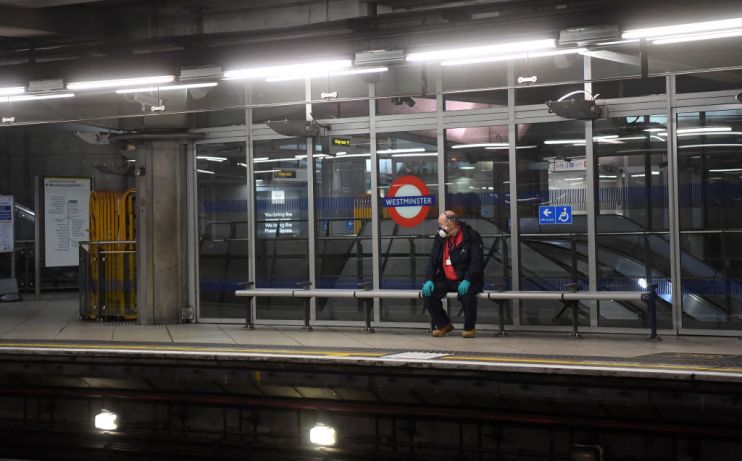Tube and bus passenger numbers plunge as lockdown begins

There were 200,000 journeys made on the London Underground on the first morning of the latest national lockdown, figures from Transport for London (TfL) showed today.
As of 10am this morning, passengers made a total of 400,000 entrances and exits to the Tube network, which is the equivalent to 18 per cent of pre-pandemic demand on the services by that time.
On the bus network, 490,000 journeys were made – around 30 per cent of pre-pandemic demand.
The figures were in line with data from yesterday, when there were 650,000 Tube journeys, 19 per cent of normal demand, and 1.95m bus journeys over the course of the day.
Normally at this time of the year passenger numbers increase steadily day by day as people return to work after the holiday period.
TfL said that although it was too early to be sure, the figures suggested that people were heeding the government’s advice to stay off public transport except where necessary.
Despite the plunge, passenger numbers were considerably higher than during the first lockdown last March, when both bus and Tube journeys fell around 95 per cent.
Before the Open newsletter: Start your day with the City View podcast and key market data
As restrictions were eased and elements of normal life returned over the summer, journeys on both transport modes increased to around a third (for the Tube) and two-thirds (for buses) of pre-pandemic levels.
But November’s lockdown sent them downwards again, though not by as great a degree – with Tube usage at 25 per cent and bus usage at 45 per cent respectively.
A spokesman for the transport body said that the fact that today’s drop was between those recorded in the previous lockdowns made sense, given the change of restrictions.
Compared to last March’s initial lockdown, when travel was limited to essential journeys, the government has laid out a number of circumstances when using public transport is permitted.
These include going to work where it is impossible to do so from home, going to school or travelling for caring responsibilities, as well as for visiting those in a support bubble.
People are also allowed to use public transport to travel for the purpose of exercising – by going to an open space – or for attending hospitals and vets.